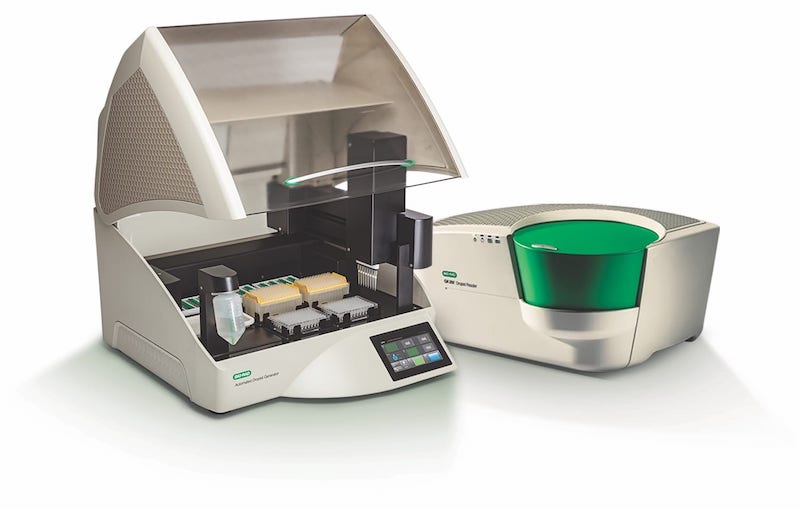Novel Blood Test Evaluates Severity In Pulmonary Arterial Hypertension
Posted on 01 Sep 2022
Pulmonary Arterial Hypertension (PAH) is a rare form of pulmonary hypertension that can cause difficulty breathing, chest pain, and fatigue. The disease, whose exact cause is unknown, is estimated to affect less than 50,000 people in the USA.
PAH is characterized by progressive narrowing and blockage of the small pulmonary arteries of the lungs, strain on the right side of the heart, and eventual death from heart failure. The damage to the lung in severe cases can require lung transplantation. Patients with PAH have a high death rate, and the condition mostly affects women. Despite treatment advances, it currently has no cure.

Clinical Scientists at the National Institutes of Health Clinical Center (Bethesda, MD, USA; https://clinicalcenter.nih.gov) and their many colleagues analyzed cell-free DNA from blood samples taken from 209 adult patients, predominately women, diagnosed with PAH at two large medical centers. They compared the results to cell-free DNA (cfDNA) measured from a control group of 48 healthy volunteers without PAH at the NIH Clinical Center.
The team isolated DNA from plasma (QIAamp Circulating Nucleic Acid Kit; Qiagen, Venlo, The Netherlands; www.qiagen.com) using the Qiagen validated automated platform QIASymphony. CfDNA was extracted from plasma and quantified using a digital droplet polymerase chain reaction platform (QX200; Bio-Rad, Hercules, CA, USA; www.bio-rad.com). DNA libraries were pooled in equimolar concentrations and subjected to 2×100 bp paired-end DNA sequencing on the NovaSeq 6000 platform (Illumina, San Diego, CA, USA; www.illumina.com).
Concentrations of high-sensitivity cardiac troponin T: TnT Gen 5 STAT (Roche Diagnostics, Indianapolis, IN, USA; https://diagnostics.roche.com) and high-sensitivity C-reactive protein the hs-CRP; MULTIGENT CRP Vario (Abbott Laboratories Inc, Abbott Park, Illinois, USA; www.abbott.com) were determined in a subset of patient samples with sufficient remaining plasma to evaluate the association of cfDNA with additional clinical markers of myocardial injury and inflammation, respectively.
The investigators reported that that cfDNA was elevated in patients with PAH, and they also found that cell-free DNA concentrations increased in proportion to the severity of the disease. Patients with the highest level of cfDNA had a 3.8 times greater risk of either death or a need for lung transplantation compared to those with the lowest level of cf DNA. In one cohort, death or lung transplant occurred in 14/54, 23/53, and 35/54 patients in the lowest, middle, and highest cfDNA tertiles, respectively. CfDNA concentrations derived from erythrocyte progenitor cells, cardiac myocytes, and vascular endothelium were greater in patients with PAH with high-risk versus low-risk.
Sean Agbor-Enoh, MD, PhD, study co-author and chief of the NHLBI’s Laboratory of Applied Precision Omics, said “Here we’re proposing a one-time test where you collect a vial of blood from a patient and use that to predict survival. We’re very encouraged by the early results.”
The authors concluded that circulating cfDNA is elevated in patients with PAH, correlates with disease severity, and predicts worse survival. Results from cfDNA methylation analyses in patients with PAH are consistent with prevailing paradigms of disease pathogenesis. The study was published on August 25, 2022 in the journal Circulation (www.ahajournals.org).













